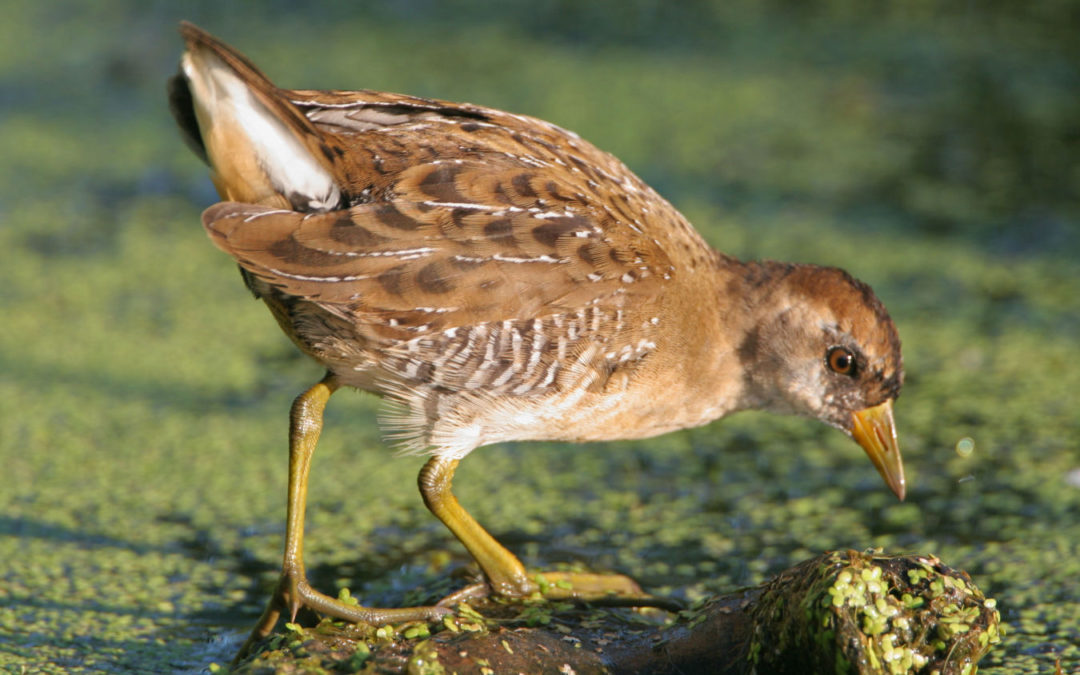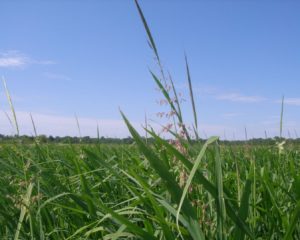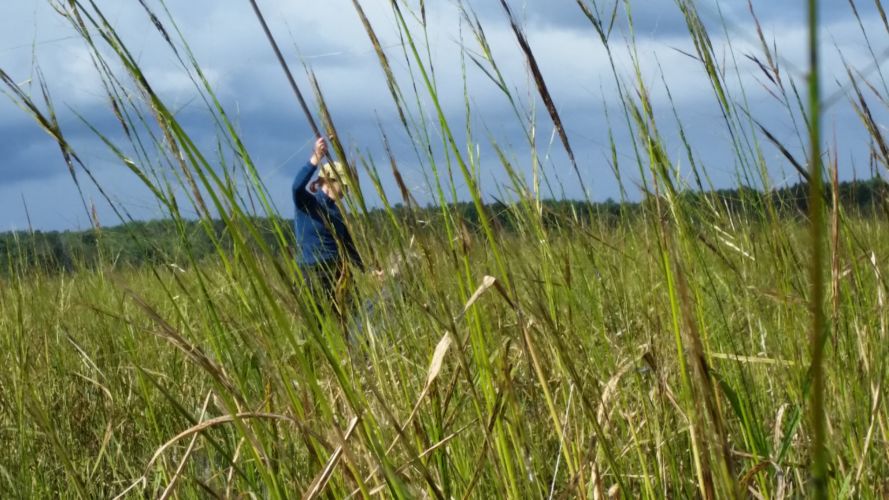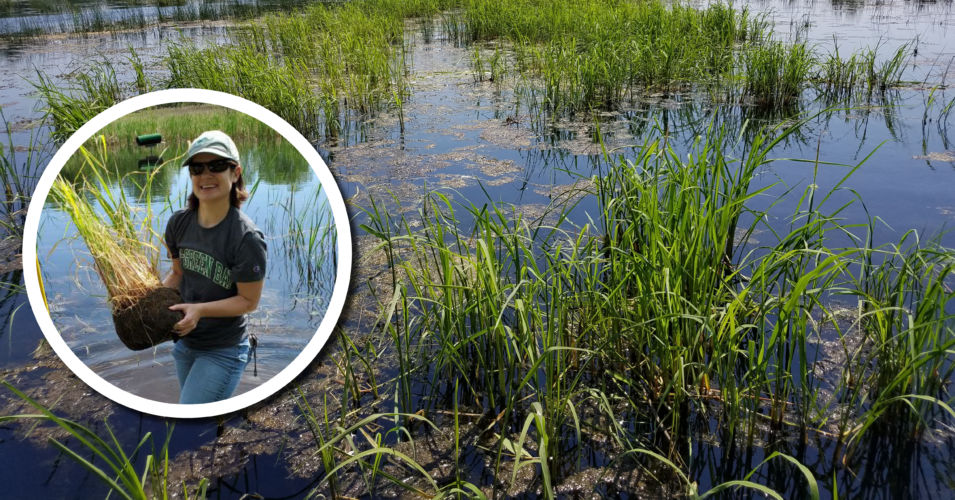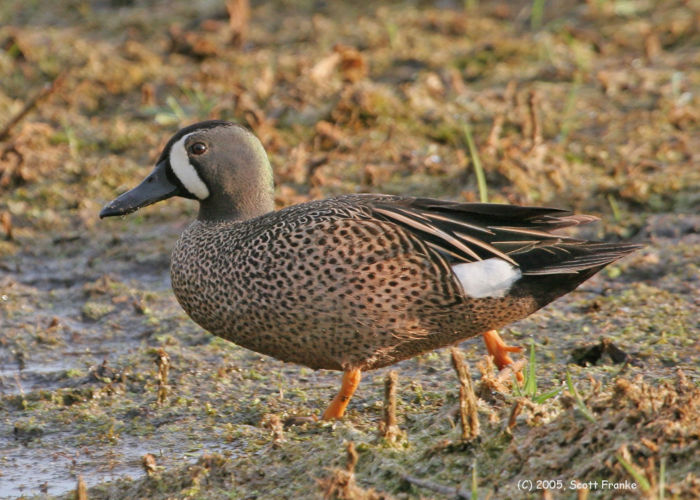You may enjoy a dish of wild rice for its flavor and nutrition. But did you know that wild rice provides valuable cover, food, and loafing sites for numerous bird species of conservation concern?
It turns out that wild rice is one of the most important waterfowl foods in North America largely because its seeds ripen at the same time as fall migration.
Wild rice beds provide stopover habitat ducks and other migrating waterfowl.
But you may not know that wild rice is critical to the elusive sora rail. In fact, wild rice may constitute up to 94% of a sora rail’s grain diet in the fall.
Rice beds provide nursery areas for small fish, frogs, and other aquatic prey items for common loon, great blue heron, and other fish-eating bird species.
Wild rice also benefits water quality through its ability to bind loose soils, tie up nutrients, and act as a buffer by slowing winds (and therefore reducing waves) across shallow wetlands. By stabilizing water quality, wild rice helps reduce algal blooms and improve water clarity.
Wild rice restoration efforts are underway throughout northern Wisconsin in wetlands where it was found historically.
Learn more about wild rice from the Native Wild Rice Coalition.
Photos by the Great Lakes Indian Fish and Wildlife Commission and Scott Franke
Related Content
Manoomin: Food that grows on water
Learn more about the history and cultivation of this nutritious and delicious native plant.
Wetland Coffee Break: Restoring wild rice in Green Bay west shore coastal wetlands
Why migrating birds need wetlands

